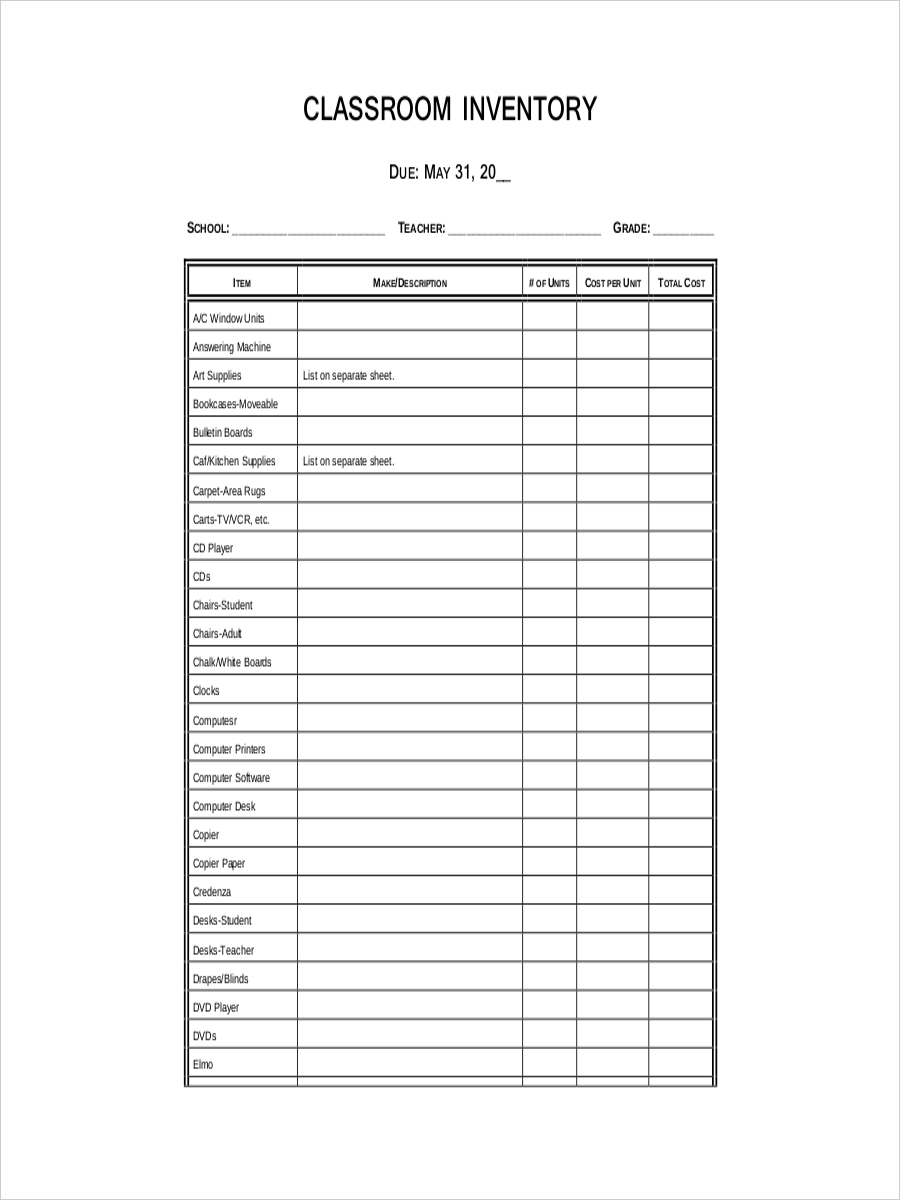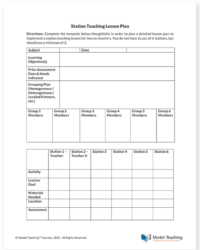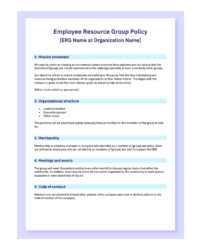Developing an inventory of learning resources is a crucial step for schools and organizations to optimize their teaching and learning processes. A well-structured learning resource inventory template can simplify this task by providing a comprehensive framework to gather, organize, and manage data on all available learning materials. This guide will delve into the key elements of a learning resource inventory template, its benefits, and how to create one.
A learning resource inventory template serves as a centralized database, capturing information about various learning materials, such as textbooks, digital resources, videos, and simulations. It typically includes fields for recording metadata such as title, description, format, location, and alignment with curriculum standards. This comprehensive inventory enables educators, administrators, and resource managers to gain a clear understanding of the available resources, identify gaps, and make informed decisions about resource allocation and acquisition.
Maintaining an up-to-date learning resource inventory template offers several advantages. It streamlines resource management by providing a centralized repository for all learning materials. This eliminates the need for multiple spreadsheets or manual tracking systems, ensuring that all stakeholders have access to the most current information. Furthermore, it facilitates resource sharing and collaboration, allowing teachers to easily discover and share high-quality resources with colleagues within and beyond their organization.
Creating a Comprehensive Learning Resource Inventory Template
Crafting a comprehensive learning resource inventory template involves several steps. The first step is to define the purpose and scope of the inventory. Determine which types of resources will be included and the level of detail required. Next, identify the key data elements that need to be captured, such as title, description, format, and alignment with curriculum standards. Consider including additional fields for notes, reviews, and usage statistics.
Customizable Fields
To accommodate the diverse needs of different organizations, it’s essential to create a customizable template that can be tailored to specific requirements. This involves providing options for adding or removing fields, modifying field labels, and specifying mandatory or optional fields. Consider allowing users to create custom fields to capture data that is unique to their organization or curriculum.
Resource Categorization
An effective learning resource inventory template should enable users to categorize resources in a meaningful way. This can be achieved by creating a hierarchical structure of categories and subcategories. For example, resources could be categorized by subject area, grade level, resource type, and alignment with specific learning objectives. A well-organized categorization system makes it easier to locate and retrieve resources for specific teaching and learning needs.
Collaboration and Sharing
To foster collaboration and knowledge sharing, consider incorporating features that allow users to share and comment on resources within the inventory. This could involve adding a discussion forum or threaded comments section to individual resource entries. By enabling educators to exchange ideas, provide feedback, and recommend resources, the inventory becomes a valuable knowledge base for the entire organization.
Data Analysis and Utilization
Once the learning resource inventory template is established and populated, it’s important to analyze the data to gain insights and inform decision-making. This involves identifying patterns, trends, and gaps in resources. For example, the inventory can be used to determine which resources are most frequently used, which topics are well-represented, and where there is a need for additional materials. By leveraging data analysis, organizations can make informed decisions about resource allocation, professional development opportunities, and curriculum enhancements.
The learning resource inventory template serves as a powerful tool to optimize teaching and learning processes. By providing a structured and comprehensive approach to managing learning resources, it empowers educators, administrators, and resource managers to make data-driven decisions that enhance student learning outcomes. By investing time in creating and maintaining an effective learning resource inventory template, organizations can maximize the value of their resources and support a dynamic and engaging learning environment.


